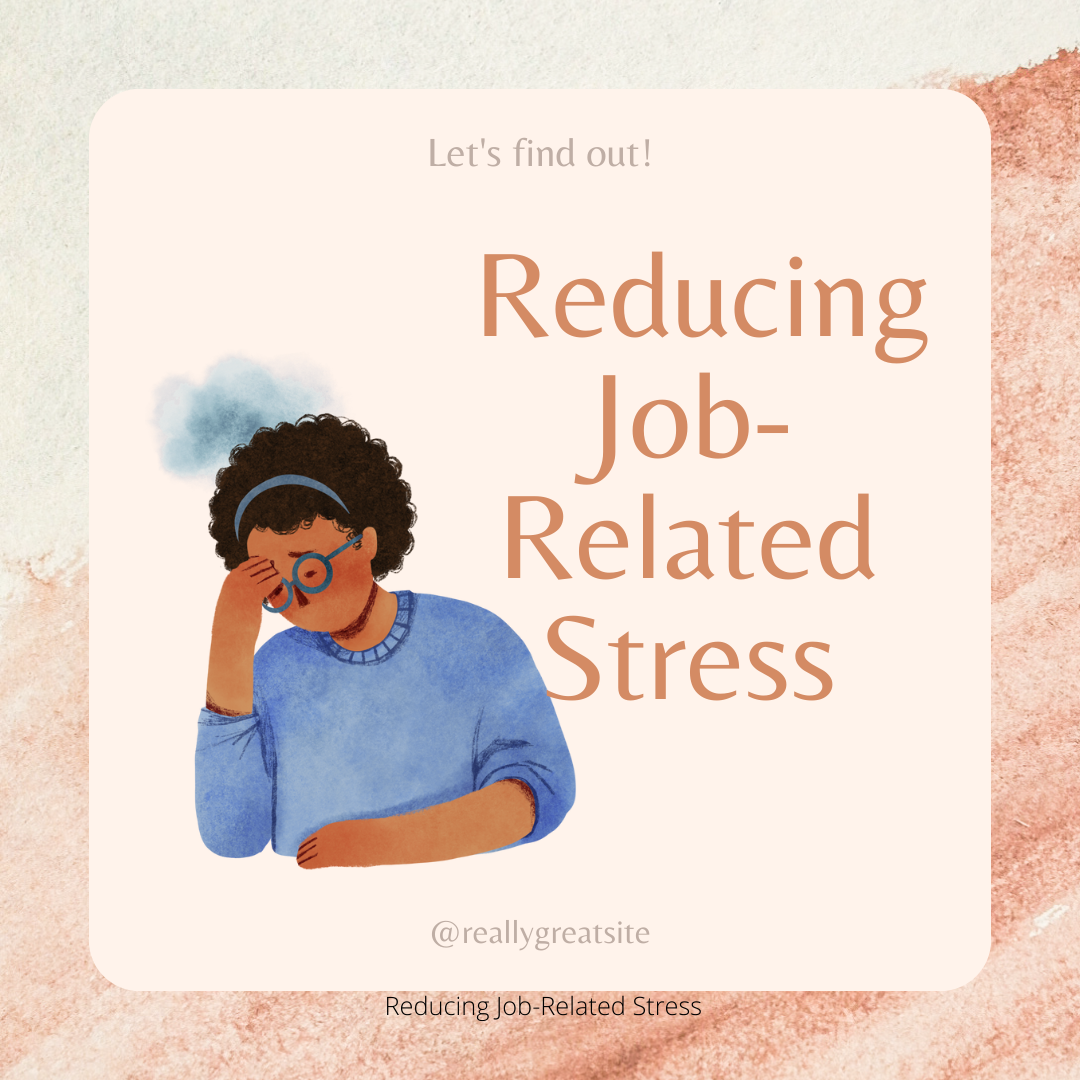greenwashing is defined as the practice of making false or misleading claims about a product’s environmental benefits. It is often used by companies to increase consumer trust and create an environmentally friendly image, even though their products may not be as green as they claim.
Greenwashing in marketing
Greenwashing is a marketing tactic used by companies to make their products seem more environmentally friendly than they actually are. Greenwashing can come in the form of advertising, packaging, product labelling and other communications that emphasize the environmental benefits of an item or service without providing any proof.
Greenwashing not only misleads consumers but also distracts them from important conversations about sustainability and our environment. Companies should be held accountable for misleading claims and must ensure that their products are genuinely beneficial for the planet before touting them as such. Consumers should be aware of greenwashing tactics so that they can make informed decisions about which products to purchase. Additionally, businesses should strive to create truly sustainable practices rather than rely on greenwashing as a way to attract customers. By working together to promote sustainability and protect our environment, we can create a brighter future.
Greenwashing examples
1. Greenwashing companies claim their products are “all-natural,” when in reality, the product contains synthetic chemicals.
2. Greenwashing ads that feature a single green element, such as a recycling symbol, hiding the fact that the product is not eco-friendly or sustainable
3. Greenwashing is when companies market their products as being “carbon neutral,” but don’t disclose what measures they took to actually reduce emissions
4. Greenwashing in packaging by using words such as “eco-friendly” or “sustainable,” without providing any proof to back up their claims
5. Greenwashing by touting a company’s commitment to sustainability, while neglecting to mention how much energy or resources they consume
6. Greenwashing with marketing campaigns that make unsubstantiated claims about a product’s environmental benefits, without providing
2. Greenwashing advertisements that focus solely on a company’s sustainable packaging without addressing any of its unsustainable practices
3. Greenwashing labels claiming a product is made from recycled or renewable materials when there are no supporting certifications to back it up
4. Greenwashing campaigns that promise to donate proceeds to environmental causes but don’t provide evidence of where those funds have gone
5. Greenwashing claims of carbon neutrality that lack third-party verification or transparency with regard to offsetting activities
6. Greenwashing advertising that uses images and buzzwords like “eco-friendly”
and “sustainable” without providing any evidence or details on the product’s environmental impact
7. Greenwashing campaigns that rely heavily on green imagery without actually making substantive changes to their products or processes
8. Greenwashing companies claim their products are 100% biodegradable when, in fact, their materials are not designed for composting
9. Greenwashing labels that promise a product is made using renewable energy sources but do not offer an explanation of how much renewable energy was used in production
10 Greenwashing campaigns focus only on one positive element of a product while ignoring other aspects that may be more damaging to the environment.
Greenwashing has become increasingly common among businesses, making it difficult for consumers to separate eco-friendly products from the ones that are just marketing ploys. It is important for consumers to be aware of greenwashing tactics and do their research before purchasing any product that has been advertised as “green” or “eco-friendly”. Additionally, investors should take steps to ensure that the companies they are investing in are actually
Can you spot greenwashing?
Greenwashing can be hard to spot, but there are common signs that you can look for. For example, companies may use out-of-date or misleading information in their marketing materials. Products and services may also be labelled as “green” when they don’t have any actual environmental benefits. Another sign is when a company makes exaggerated claims about their environmental practices. Companies may also try to distract from their poor environmental record by focusing on one small action or product they have developed instead of looking at their overall operations. By being aware of these tactics, you can become a better consumer and help make sure that companies are held accountable for their greenwashing practices
Additionally, it is important to stay informed. To get a better understanding of what companies are actually doing to benefit the environment, try looking at third-party ratings and reviews from non-profit organizations and experts in the field. Many times these sources can provide more accurate information on a company’s environmental practices than their own marketing materials or website claims
It can also be helpful to research a company’s track record and ask questions. Do they have a history of making substantial investments in green technology or do they just make big claims but never follow through? Are they transparent about their environmental policies? You can also check out customer feedback and reviews, as well as look for independent certifications from organizations such as Green Seal or EcoLogo
By taking the time to research a company’s environmental practices, you can ensure that your money is going towards a truly sustainable product or service and help hold companies accountable for their greenwashing claims
Taking all of these steps can help make sure that you don’t inadvertently support companies who are engaging in greenwashing. It may take a bit of extra effort, but it is worth it to help protect the environment and make sure that companies are held accountable for their actions
Finally, remember that you can also spread awareness by talking to friends, family, and colleagues about greenwashing. By helping people become more informed consumers, we can all work together to make sure that companies are held accountable and help protect the environment. So let’s all do our part to combat greenwashing!
Effects of greenwashing on customers
The effects of greenwashing on consumers go beyond just being misled; it can lead to higher prices for goods and services, increased consumption of resources, and decreased consumer trust in businesses. Consumers who are unaware of greenwashing can end up paying more for a product that has been advertised as “eco-friendly” but is actually no better than comparable non-green options. Additionally, companies may use greenwashing tactics to promote excessive resource consumption in order to appear greener than they really are. This results in a larger environmental footprint than necessary, as resources are wasted on greenwashed products that don’t actually provide any real environmental benefit. The effects of greenwashing can also damage consumer trust in businesses; if consumers realize they have been misled or taken advantage of, they may be less likely to purchase from the company again or even spread negative word-of-mouth about it.
How to spot greenwashing
Consumers should always do their research before purchasing a product marketed as “green” or “eco-friendly”. Look for third-party certifications like Energy Star, which indicate that a product meets certain standards for energy efficiency and sustainability. Pay attention to claims made by the company; if something seems too good to be true, it likely is. Additionally, look at the company’s broader practices; if they provide few details or don’t make an effort to reduce their environmental impact in other areas of their business, it could indicate that they are engaged in greenwashing. Finally, trust your own judgement and intuition; if something doesn’t seem right or you have doubts about a product’s claims, there may be a reason for concern.
Can you spot greenwashing?
Greenwashing can be hard to spot, but there are common signs that you can look for. For example, companies may use out-of-date or misleading information in their marketing materials. Products and services may also be labelled as “green” when they don’t have any actual environmental benefits. Another sign is when a company makes exaggerated claims about their environmental practices. Companies may also try to distract from their poor environmental record by focusing on one small action or product they have developed instead of looking at their overall operations. By being aware of these tactics, you can become a better consumer and help make sure that companies are held accountable for their greenwashing practices
Additionally, it is important to stay informed. To get a better understanding of what companies are actually doing to benefit the environment, try looking at third-party ratings and reviews from non-profit organizations and experts in the field. Many times these sources can provide more accurate information on a company’s environmental practices than their own marketing materials or website claims
It can also be helpful to research a company’s track record and ask questions. Do they have a history of making substantial investments in green technology or do they just make big claims but never follow through? Are they transparent about their environmental policies? You can also check out customer feedback and reviews, as well as look for independent certifications from organizations such as Green Seal or EcoLogo
By taking the time to research a company’s environmental practices, you can ensure that your money is going towards a truly sustainable product or service and help hold companies accountable for their greenwashing claims
Taking all of these steps can help make sure that you don’t inadvertently support companies who are engaging in greenwashing. It may take a bit of extra effort, but it is worth it to help protect the environment and make sure that companies are held accountable for their actions
Finally, remember that you can also spread awareness by talking to friends, family, and colleagues about greenwashing. By helping people become more informed consumers, we can all work together to make sure that companies are held accountable and help protect the environment. So let’s all do our part to combat greenwashing!
Greenwashing and bluewashing
Greenwashing is a term used to describe the practice of companies and organizations making false claims about their ecological practices. This deceptive marketing tactic typically involves exaggerating or inventing environmental benefits in order to gain consumer trust and loyalty. By overstating their green credentials, businesses are able to capitalize on consumers’ increased willingness to buy green products and services
Bluewashing is a term used to describe the practice of companies and organizations making false claims about their water conservation practices. This deceptive marketing tactic typically involves exaggerating or inventing water savings in order to gain consumer trust and loyalty. By overstating their blue credentials, businesses are hoping to capitalize on consumers’ increased willingness to buy products and services that are friendly to the environment
Greenwashing is considered a type of deceptive advertising, while bluewashing is seen as a form of greenwashing. Both practices involve exaggerating or making up environmental benefits in order to gain consumer favour. This can be dangerous because these false claims may lead consumers to believe that they’re making environmentally friendly choices when they’re not. Unfortunately, it can be difficult to tell which companies are genuinely trying to help the environment and which ones are simply trying to capitalize on eco-friendly trends. The best way for consumers to determine if a company is greenwashing or bluewashing is by looking into their environmental practices and performance independently
Greenwashing is a term used to describe the practice of companies and organizations making false claims about their ecological practices. This deceptive marketing tactic typically involves exaggerating or inventing environmental benefits in order to gain consumer trust and loyalty. By overstating their green credentials, businesses are able to capitalize on consumers’ increased willingness to buy green products and services
Bluewashing is a term used to describe the practice of companies and organizations making false claims about their water conservation practices. This deceptive marketing tactic typically involves exaggerating or inventing water savings in order to gain consumer trust and loyalty. By overstating their blue credentials, businesses are hoping to capitalize on consumers’ increased willingness to buy products and services that are friendly to the environment
Greenwashing is considered a type of deceptive advertising, while bluewashing is seen as a form of greenwashing. Both practices involve exaggerating or making up environmental benefits in order to gain consumer favour. This can be dangerous because these false claims may lead consumers to believe that they’re making environmentally friendly choices when they’re not. Unfortunately, it can be difficult to tell which companies are genuinely trying to help the environment and which ones are simply trying to capitalize on eco-friendly trends. The best way for consumers to determine if a company is greenwashing or bluewashing is by looking into their environmental practices and performance independently
Greenwashing in ESG
Greenwashing is also used when it comes to Environmental, Social and Governance (ESG) investing. Companies may express their commitment to improving ESG factors in order to make themselves more attractive as an investment option without actually making any changes that would improve these factors. Investors should be aware of greenwashing practices and do their due diligence before investing in companies that claim to be taking steps towards sustainability but are not providing evidence of this progress.
Why do companies greenwash?
Companies engage in greenwashing as a way to appear more environmentally friendly and attract customers, investors and other stakeholders, even if their actual practices are not sustainable. It is also often used as a marketing strategy to create the perception of being more socially responsible without having to make any real changes. Additionally, companies may use greenwashing tactics in order to distract from less sustainable activities they are engaged in or hide the negative impacts they have had on the environment. Greenwashing can be seen as an easy way for companies to take advantage of consumers who want products with minimal environmental impact but lack access to information that shows what is actually behind these claims
Why greenwashing is bad
Greenwashing undermines true progress towards sustainability and investors should take steps to ensure that the businesses they invest in are genuinely committed to protecting the planet. By doing so, we will all have a greater collective impact on creating sustainable futures for generations to come.
In summary, greenwashing is a deceptive practice used by companies to mislead consumers into believing their products are more environmentally friendly than they actually are. It can lead to higher prices for goods and services as well as increased consumption of resources and decreased consumer trust in businesses. Consumers should be aware of greenwashing tactics and do their research before making a purchase. By paying attention to certifications, claims made by the company, and overall business practices, consumers can make informed decisions that help protect them from deceptive marketing.
Conclusion
Overall, greenwashing is bad for the environment, consumers and investors. Companies should take responsibility for their marketing tactics and ensure that they are not misleading customers or prospective investors with false claims about environmental friendliness. Consumers should educate themselves on greenwashing techniques so that they can make informed decisions when shopping and investing. By working together to promote sustainability and protect our environment, we can create a brighter future for everyone.
Hence, it is important to understand why companies greenwash, how it affects ESG investing and why greenwashing is bad in order to take steps towards creating a more sustainable future.





